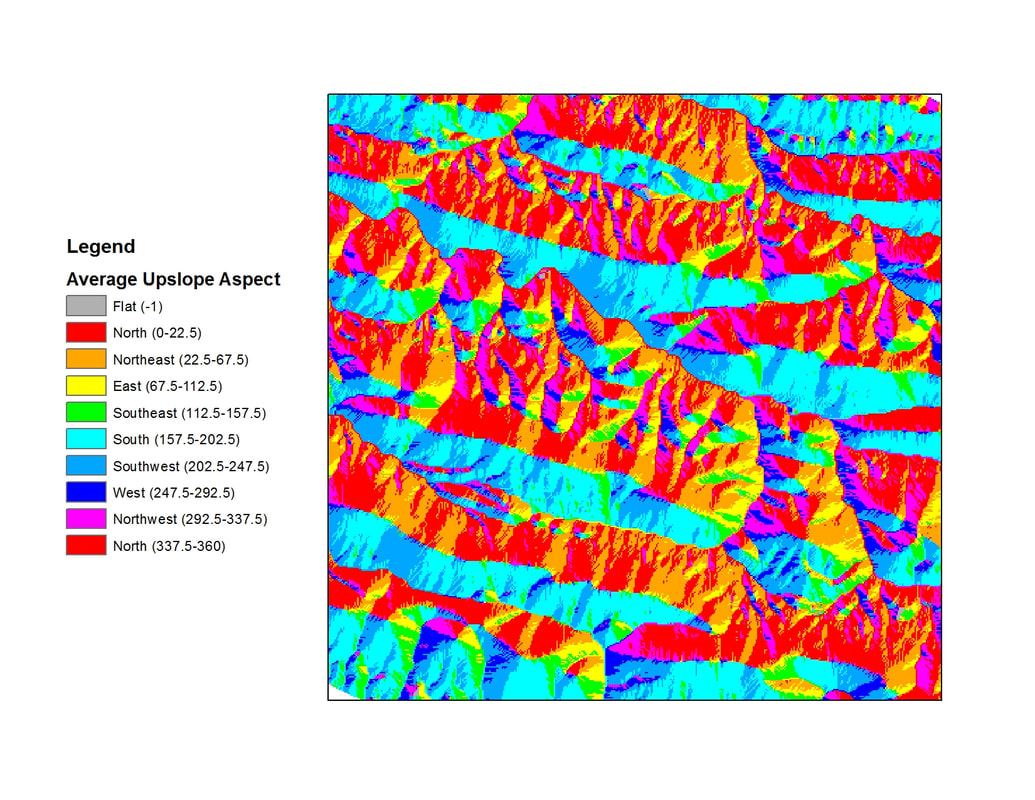West Facing Slopes
Bats can fly extremely high and fast.
In early 2021, the scientist Teague O'Mara and his colleagues published research demonstrating that European free-tail bats in Portugal rise rapidly to heights of nearly one mile, achieving speeds of up to 84 mph. By combining regional wind data with information from GPS trackers carried by the bats, they discovered that bats use orographic lift from prevailing night-time winds that travel up west and south-facing slopes. Basically, they travel up and down the sides of steep hills like a "rollercoaster" with the wind beneath their wings.
The researchers were surprised to discover just how predictable the bats' high-flying ascents were across the landscape. The data show that bats are using the same types of places—although not necessarily always the exact same locations—where the wind sweeps up a slope to carry them to high altitudes. |
Although it is still unclear how bats use their intelligence to map west and south-facing slopes, humans do it using aspect-slope maps such as this one, which provides a key as an example of how they are created.
|
West Facing Slopes is one of three based on the harmony and melody in Eddie Vedder's song Rise. It contains some of Vedder's lyrics, along with excerpts from Percy Shelley's Ode to the West Wind.
Lyrics to Rise |
Ode to the West Wind |
Image credit - Jay Guarneri's aspect map used with permission
Image credit - Public Domain Rain shadow and orographic lift
Image credit - Public Domain Rain shadow and orographic lift


